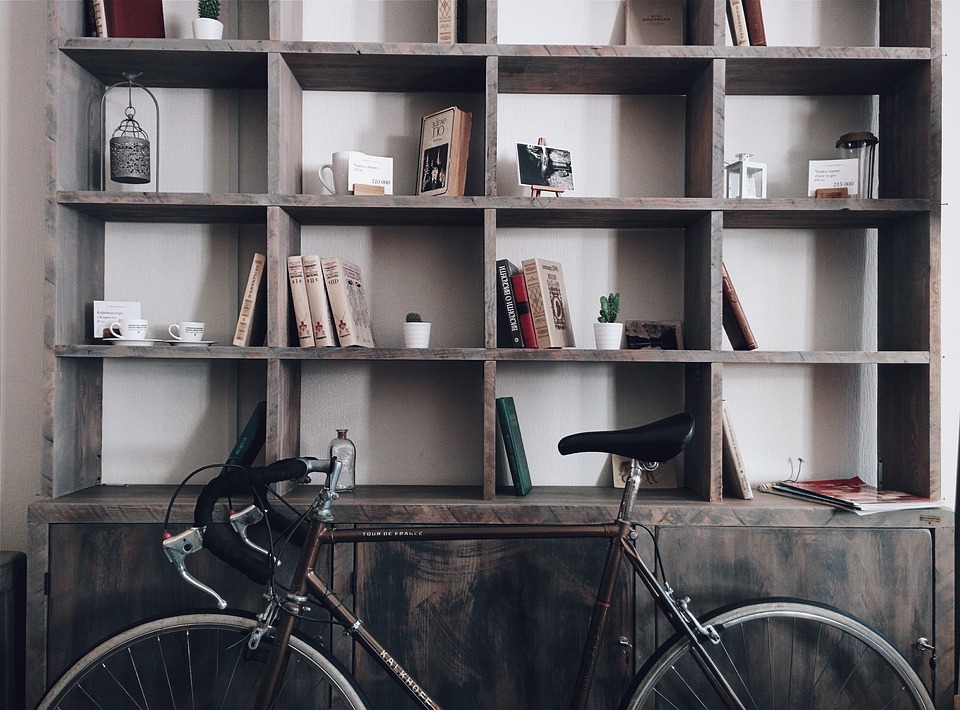For the duration of the life of their home, most mortgage holders experience a pipes leak. A few leaks are self-evident, as solidified channels that burst. Others are covered up, as free associations in underfloor plumbing lines. The sooner you see a water leak detector, the sooner you can fix it. However you first need to realize how to discover a water leak detector. That is the place we come in!
How would you know when you have a water leak?
Here are only a portion of the signs that you may have a water leak someplace in your home or on your property:
- Exceptional, unexpected increment in water bills
- Smelly scents
- Breaks in the establishment
- Wet spots
- Stains on floors, roofs, and dividers
- Visible shape and mould (outside of the shower)
- Murmuring sounds when water isn’t being utilized
- Confirming you have a leak
On the off chance that you notice any of the above signs, the initial step is to affirm you have a functioning leak. Start by guaranteeing, no water is being utilized inside the house (sinks, showers, dishwashers, clothes washers) or outside (hoses, wellsprings, and so forth.).
When you’re sure no water is being utilized, check the leak indicator on your water meter. Generally a triangular dial or silver wheel, the leak indicator turns when there is water coursing through the meter. On the off chance that no water is being utilized and the indicator is turning, you likely have a pipes leak.
Finding the wellspring of water leaks
You first need to disengage whether the leak is inside or outside. This is effortlessly done by killing the principal water shutoff valve and checking the water meter leak indicator once more. If the indicator has quit moving, the leak is inside the house, on the off chance that it continues moving, the leak is between the meter and the house.
- On the off chance that the leak is inside:
- Ensure the flapper valve in can tank seals.
- Check for water under sinks.
- Review showers and tubs for trickles
- Search for puddles around clothes washers, dishwashers, and water warmers
- On the off chance that the leak is outside:
- Search for standing water close to nozzles
- Check for wet spots close to sprinklers and water system frameworks when they aren’t being utilized.
- Investigate plumbing lines to open-air water highlights
What is proficient leak identification?
In any event, utilizing the techniques above, you will most likely be unable to pinpoint the specific area of a leak within your home. Leaks can be beguiling: where water harm is may not be the place, the leak is starting from. It’s not incomprehensible for an upstairs leak to dribble down to a ground floor divider.
In such a circumstance, you have two alternatives:
Make some not exactly taught surmises about where the leak is and begin hacking ceaselessly at your drywall attempting to discover it.
Getting an expert for master leak identification.
This is what an expert has that you presumably don’t: acoustic location hardware. This is the bread-and-butter of finding shrouded leaks. Here’s how it works:
At the point when the water in a funnel moves past a split or crevice and leaks out, it creates sound and vibration. This is slight: in any event, listening to your hardest, you’ll never hear it. It’s far beneath the scope of human ears. Be that as it may, it is there, and gratitude to electronic gear, it very well may be recognized. Acoustic leak discovery follows the wellspring of the sound back to its place of the starting point, giving our handyman a pinpoint area for the shrouded leak, regardless of whether it’s behind a divider, in a roof, or under the establishment.
Our handymen have methods for confirming this area. Notwithstanding leak identification, we have endoscopic snake instruments that we can drive into funnels to observe the leak or opening in the channel noticeably. This is most valuable once the handyman has a general ballpark thought of where the leak is.
A leaking pipe in your wall could spell disaster for your home. You have all sorts of pipes running through walls, ranging from water pipes, sewer pipes, and even gas connections. If you find any signs of leaking pipe in the wall – like mold or mildew on walls, sponginess, dripping sounds, discoloration, peeling paint or wallpaper, wet areas or puddles, or musty smells – contact a professional plumber to fix the issues.
From that point, it’s simply an issue of cutting into the drywall in that definite spot to access and fix the leak.





